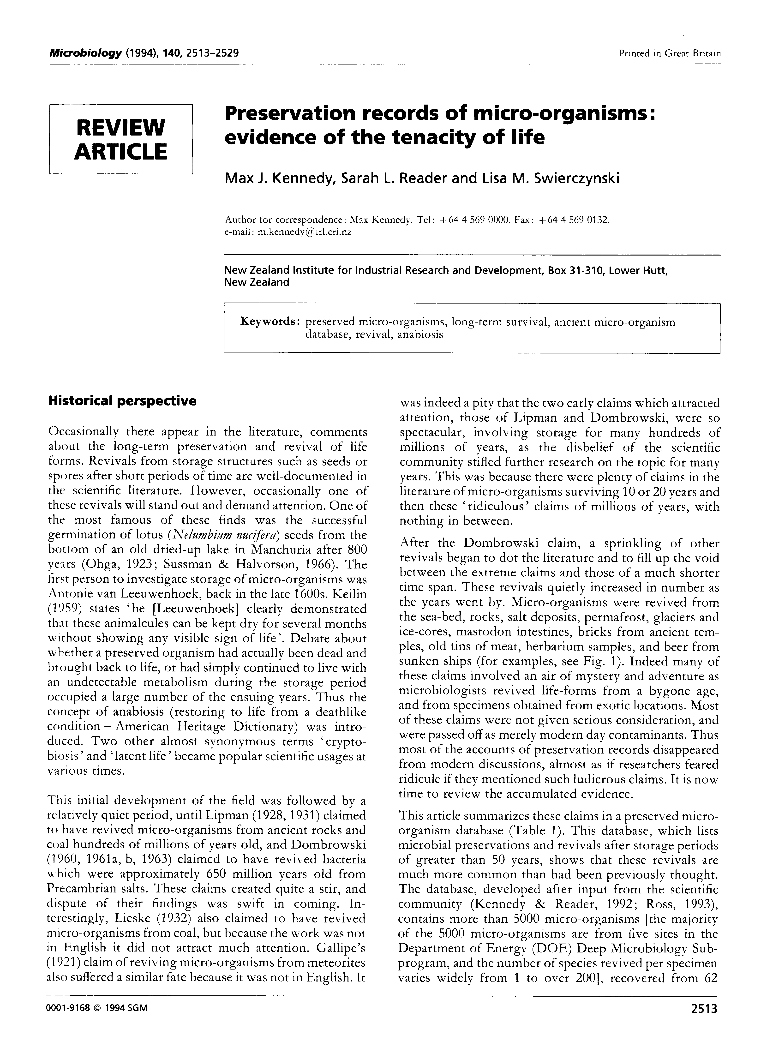
Full text loading...

Preservation records of micro-organisms: evidence of the tenacity of life, Page 1 of 1
< Previous page | Next page > /docserver/preview/fulltext/micro/140/10/mic-140-10-2513-1.gif
There is no abstract available.

Article metrics loading...

Full text loading...
References


Data & Media loading...
